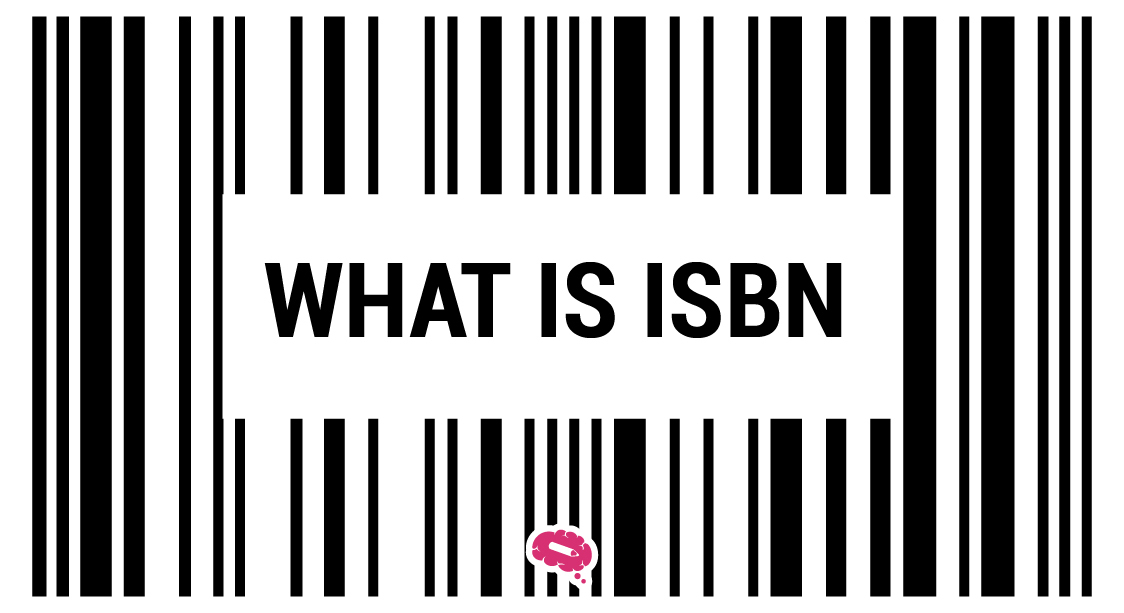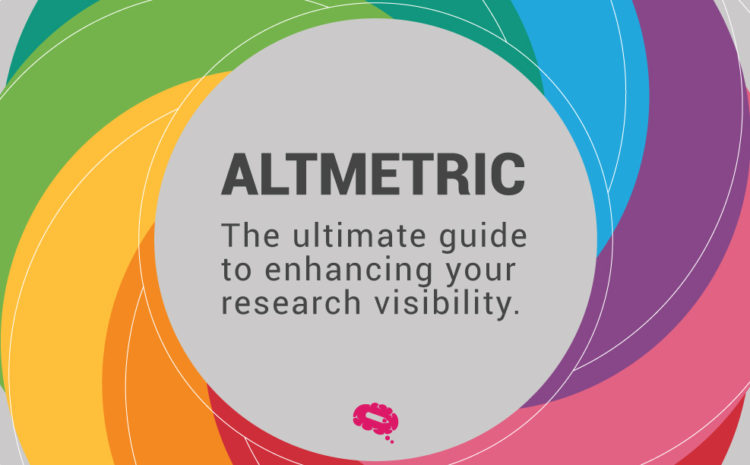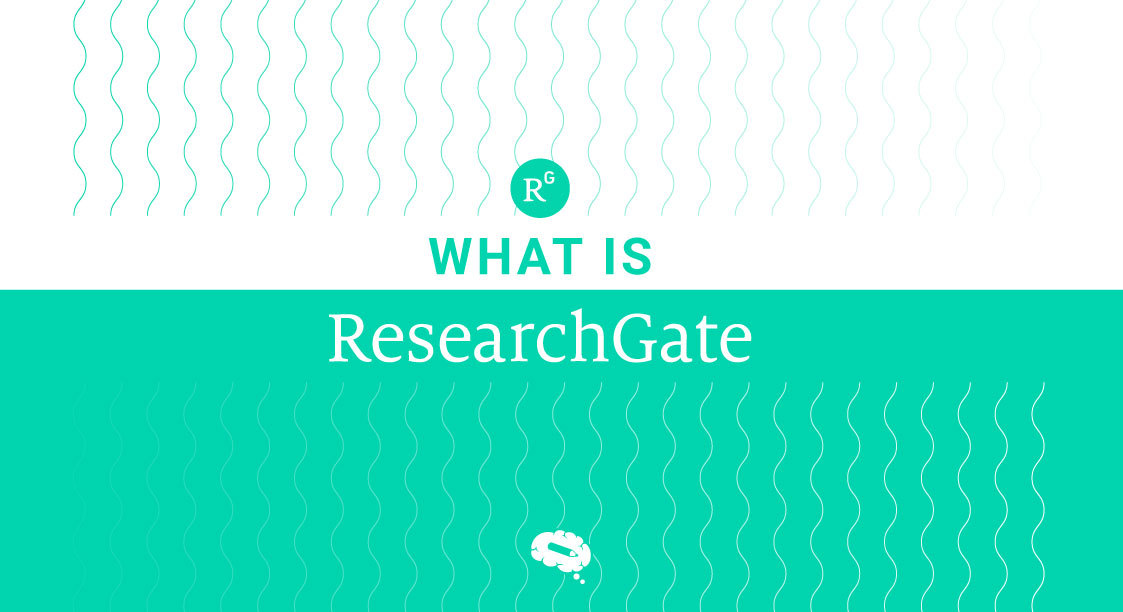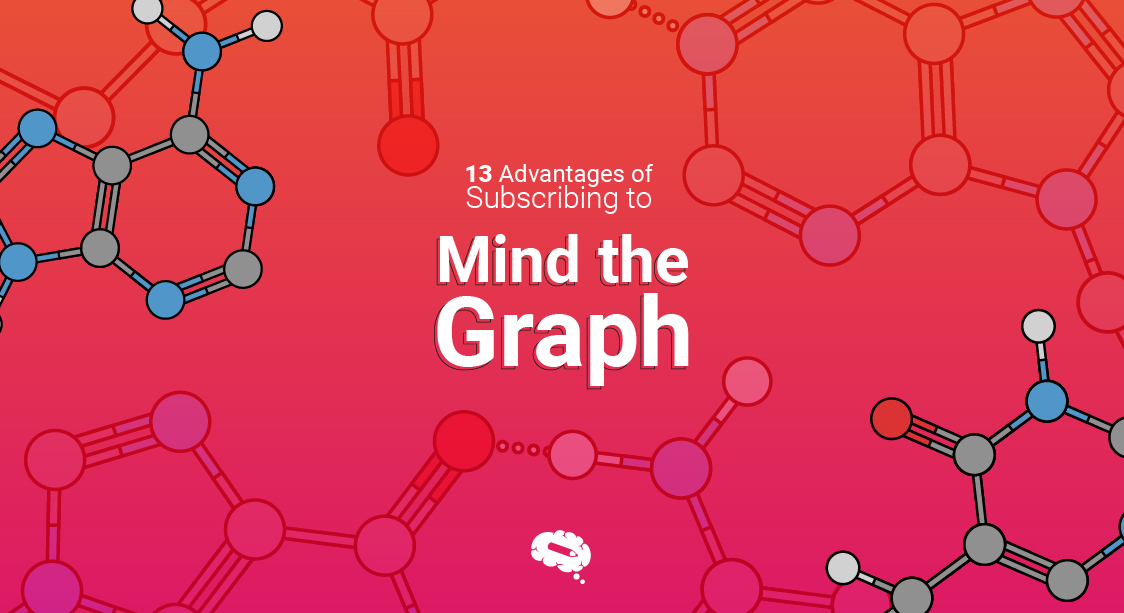ISBN, which stands for International Standard Book Number, is the backbone of the modern publishing industry. This unique identifier, typically located on a book’s copyright page, plays a pivotal role in cataloging, distributing, and selling books on a global scale. An ISBN is akin to a book’s fingerprint, providing crucial information about its title, author, edition, and publisher. In this article, we will answer the question, “What is ISBN?” and explore its significance in the publishing world and how it streamlines a book’s journey from the author’s desk to the reader’s hands.
What Is ISBN?
ISBN is a unique identifier for books and similar publications. Each ISBN is a 13-digit code that helps identify a specific book, making it easier for libraries, bookstores, publishers, and readers to locate and reference a particular publication. The ISBN typically appears on the copyright page of a book, along with the barcode on the back cover. It allows for efficient cataloging, sales tracking, and ordering of books on a global scale. Having an ISBN is essential for any book that is to be sold commercially or distributed through libraries and other book-related services.
History of ISBN
Pre-ISBN Era
Before the introduction of ISBN, the publishing industry was chaotic in terms of book identification. Each book had its unique cataloging system that often relied on the title, author, and publisher’s information. As the publishing industry expanded, this became highly impractical.
Emergence of ISBN
The ISBN system was developed to bring order to this chaos. It was first introduced in the United Kingdom in 1967 by a company called J. Whitaker & Sons Ltd. The primary objective was to assign a unique numerical identifier to each edition of a book. This allowed for more efficient cataloging, tracking, and distribution of books.
Global Expansion
The success of the ISBN system in the UK led to its rapid adoption in other countries. In 1970, the United States also adopted the ISBN system, and soon, many other nations adopted the system. To manage this global expansion, the International ISBN Agency was established. This organization oversees the allocation and use of ISBNs worldwide.
The Transition from 10 to 13 Digits
To address the growing number of published books and the shortage of unique 10-digit ISBNs, the ISBN agency implemented a significant change in 2007. The system evolved from a 10-digit format to a 13-digit format by adding extra digits. This transition to a 13-digit structure expanded the available combinations, thus guaranteeing the system’s long-term sustainability.
Digital and E-Books
The ISBN system evolved to accommodate digital publications, including e-books. Unique ISBNs are now assigned to various formats and editions of a publication, ensuring that digital works are also cataloged and easily accessible.
Uses Of ISBN
Identifying Books and Other Book-Like Products
The ISBN’s primary and most well-known use is to identify books uniquely. Each ISBN is a distinct code assigned to a specific edition or version of a book, making it easy to catalog, locate, and sell books. ISBNs are not limited to traditional print books; they also apply to e-books, audiobooks, and other book-like products. This means that ISBNs can identify a hardcover novel or a digital textbook, and provide a universal means of identification.
Check Digit Calculations to Ensure Accuracy
ISBNs include a check digit, a single-digit number calculated based on the other digits in the ISBN. This check digit serves as a built-in error detection tool. When an ISBN is scanned or entered manually, the system can perform a quick calculation to ensure that the entered ISBN is valid. This helps prevent errors in cataloging and sales processes. The check digit is especially useful in reducing human errors, improving inventory management, and increasing the accuracy of online book searches.
Types Of ISBNs
ISBNs come in two main types: the 10-digit ISBN (ISBN-10) and the 13-digit ISBN (ISBN-13). ISBN-10 was the original format used for identifying books and older publications, while ISBN-13 is the contemporary standard employed to uniquely identify various book formats. These 10 or 13-digit codes play a significant role in the publishing industry by distinguishing one publication from another, ensuring accurate cataloging and efficient inventory management.
10-Digit International Standard Book Number (ISBN)
The 10-digit ISBN was the original format introduced in 1970 and is commonly referred to as ISBN-10. This number is still found in older printed books and publications. It comprises ten numeric digits and is divided into four parts:
- Group Identifier: Denotes the book’s origin or source, typically associated with a country, language, or geographic area.
- Publisher Identifier: Unique to each publisher within the designated group, it identifies the publisher’s specific identification number.
- Title Identifier: Uniquely distinguishes one book or edition from others published by the same publisher.
- Check Digit: A single numeric digit calculated based on the other digits, serving as an error-checking mechanism to ensure the ISBN’s accuracy.
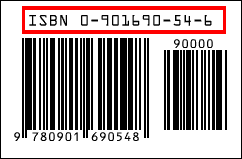
13-Digit International Standard Book Number (ISBN)
The 13-digit ISBN, known as ISBN-13, is an extended format introduced to accommodate the growing demand for ISBNs due to the proliferation of digital and e-book publishing. ISBN-13 provides a longer and more versatile identifier by adding three additional digits to the 10-digit ISBN, maintaining the structure of the original code. The parts of the ISBN-13 include:
- EAN Prefix (978 or 979): These are the first three digits of an ISBN and denote the prefix for all ISBNs. It’s always either 978 or 979.
- Registration Group (Country or Region Identifier): This element, which can be 1-5 digits long, designates the specific country or region where the ISBN is registered.
- Registrant Element (Publisher Identity): The registrant element is crucial as it identifies the publisher who created the book.
- Publication Element (Book’s Title, Format, and Edition): This element, typically the longest part, contains numbers that convey information about the book’s title, format, and edition.
- Check Digit (Verification Code): The check digit is a mathematically calculated number that serves as a safeguard to ensure the ISBN has been correctly input or printed.

To learn about ISBN-10 and ISBN-13 check digit and missing digit calculation, access: “ISBN-10 and ISBN-13 Check Digit and Missing Digit Calculation”.
How To Obtain An ISBN For A Book Or Book-Like Product?
Acquiring an International Standard Book Number (ISBN) for a book or book-like product is an important step in the publishing process. Here’s an overview of how to obtain an ISBN:
Signing Up With the International ISBN Agency or Another Regional Agency
To obtain an ISBN, you need to register your publication through an authorized ISBN agency. The International ISBN Agency coordinates with national and regional ISBN agencies, but depending on your location, you might work directly with a regional agency.
Begin by contacting the agency relevant to your region. If you’re unsure which agency to approach, the International ISBN Agency’s website provides a list of affiliated agencies worldwide. Register with the agency by providing your contact information and relevant details. Some agencies may have an online registration system, while others might require paper forms.
Submitting Title Information, Publisher Details, and Other Required Information
After signing up, you’ll need to provide detailed information about your publication. This typically includes the book’s title, author’s name, publisher’s name and contact information, book format (e.g., hardcover, paperback, e-book), language, publication date, and the book’s genre or subject category. You may also need to specify if you have different formats of the same book, such as hardcover and paperback editions. Each format usually requires a separate ISBN.
Receiving Your Unique Title Identifier (ISBN)
Once the agency processes your application, you’ll be issued a unique ISBN for your publication. This ISBN is specific to that particular edition of your book, so if you have multiple formats or editions, each will have its own ISBN.
Keep a record of your ISBN, as it is your book’s identifier in databases, libraries, and book markets. You will need to include the ISBN on your book’s copyright page, the back cover, and in metadata when distributing your book to retailers and libraries.
Using Your ISBN To Publish Your Work Online Or In Print Formats
Online platforms and print editions both require ISBNs for cataloguing. Here is a step-by-step on how to use ISBN to publish work online or in print:
Preparing the Work
Before publishing, ensure the manuscript or content is professionally edited and formatted. It’s essential that your work is of high quality and ready for distribution.
Online Publication
For e-books or digital content, ISBN can be used when publishing on various online platforms such as Amazon Kindle Direct Publishing (KDP), Apple Books, Google Play Books, or other e-publishing platforms. During the publishing process, these platforms will ask for the ISBN, and the number needs to be input and assigned to the specific e-book edition.
Print Publication
To publish the work in print, the ISBN needs to be used for each format or edition. This includes hardcover, paperback, and any other variations. The ISBN needs to be included on the copyright page, the back cover, and in the metadata when you submit your book to print-on-demand (POD) services or traditional printers.
Distribution and Cataloging
Once the work is published, the ISBN plays a crucial role in the distribution process. It allows booksellers, libraries, and databases to track, list, and order the book.
Updating and Managing Metadata
If there are any significant updates or revisions to the work, the ISBN metadata must be updated accordingly. Changes such as a new edition, substantial content revisions, or format alterations may require a new ISBN.
Global Reach
An ISBN is globally recognized, which means the work can be distributed and cataloged internationally. This broad reach increases the book’s discoverability and accessibility to a wide audience.
Self-Publishing Through Barnes & Noble and Other Retailers
Self-publishing through major retailers such as Barnes & Noble has revolutionized how authors bring their work to the public. To embark on this journey, authors should ensure their manuscripts are professionally edited and formatted. They must decide on the format – print, e-book, or both – and acquire International Standard Book Numbers (ISBNs) for each format, along with accurate metadata. Various platforms, including Barnes & Noble, Amazon Kindle Direct Publishing, and Apple Books, offer self-publishing services. Retailers also act as distribution channels for self-published books, increasing their accessibility.
Authors need to set book prices, considering production costs and desired royalties. Professional cover design and formatting are essential for an attractive presentation. Marketing, promotion, and author engagement are the responsibility of self-published authors. Building a brand through Author Central and leveraging reviews and feedback are valuable strategies. Self-publishing allows authors to share multiple works and reach a broader audience. It’s an empowering option for writers to realize their literary dreams.
High Impact And Greater Visibility For Your Work
Mind the Graph is a powerful platform that offers scientists and researchers a unique opportunity to enhance the impact and visibility of their work. Through its array of visually engaging features, the platform allows users to create compelling scientific illustrations and graphics, transforming complex data into easily digestible visuals. This not only makes research findings more accessible to a broader audience but also amplifies their impact. With Mind the Graph, scientists can elevate their research to new heights, ensuring that their valuable contributions receive the recognition and visibility they deserve in the scientific community and beyond.

Subscribe to our newsletter
Exclusive high quality content about effective visual
communication in science.

